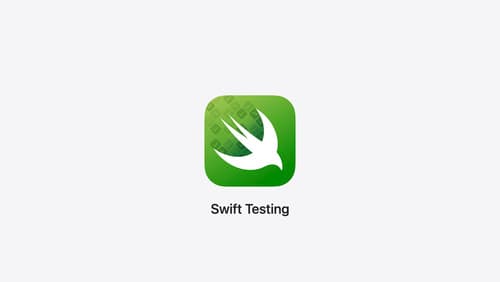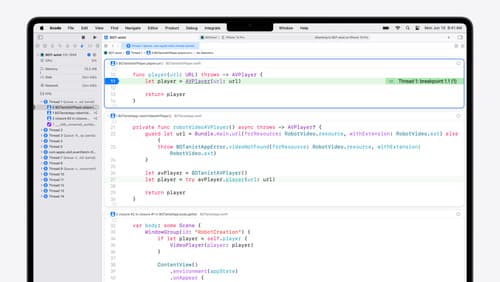unit testing swiftUI
Asked on 2024-08-14
1 search
To perform unit testing in SwiftUI, you can leverage the new Swift Testing framework introduced by Apple. This framework is designed to be expressive and easy to use, with features that integrate seamlessly with Swift concurrency and support for async/await and actor isolation. Here are some key points about Swift Testing:
-
Test Functions: You can write test functions by adding a
@Testattribute. These functions can be global or methods within a type and can be marked asasyncorthrows. -
Expectations and Traits: Swift Testing uses macros like
#expectand#requireto evaluate test results. These macros allow you to pass ordinary expressions and use language operators for assertions. -
Parallelization: Tests run in parallel using Swift concurrency, which can improve performance and efficiency.
-
Tagging System: Swift Testing includes a flexible tagging system to organize tests. You can group tests by tags and selectively run them based on these tags.
-
Parameterized Tests: You can easily parameterize tests to run the same test logic with different data inputs.
For more detailed information on Swift Testing, you can refer to the session Meet Swift Testing (00:01:46) from WWDC 2024, which covers the building blocks and workflows for using this framework effectively.

Meet Swift Testing
Introducing Swift Testing: a new package for testing your code using Swift. Explore the building blocks of its powerful new API, discover how it can be applied in common testing workflows, and learn how it relates to XCTest and open source Swift.

Platforms State of the Union
Discover the newest advancements on Apple platforms.

What’s new in Xcode 16
Discover the latest productivity and performance improvements in Xcode 16. Learn about enhancements to code completion, diagnostics, and Xcode Previews. Find out more about updates in builds and explore improvements in debugging and Instruments.
